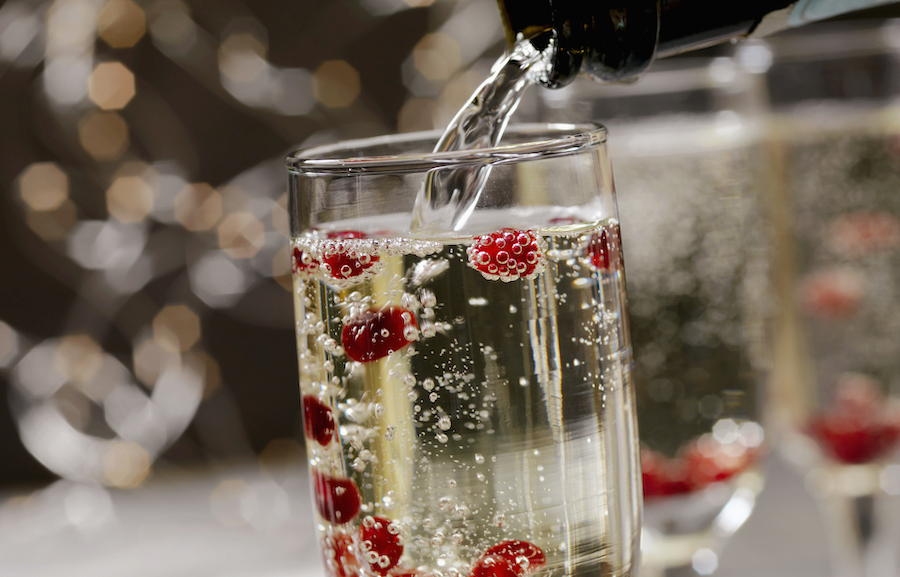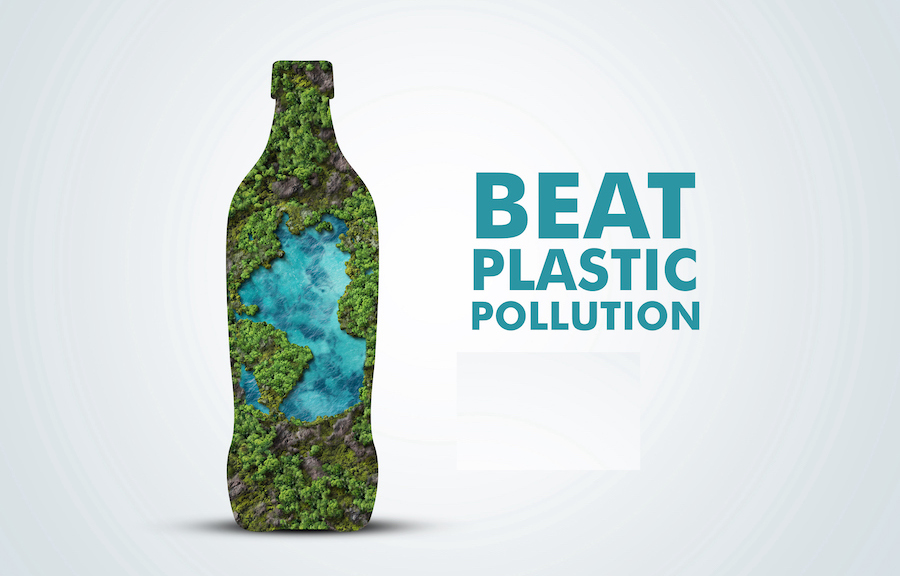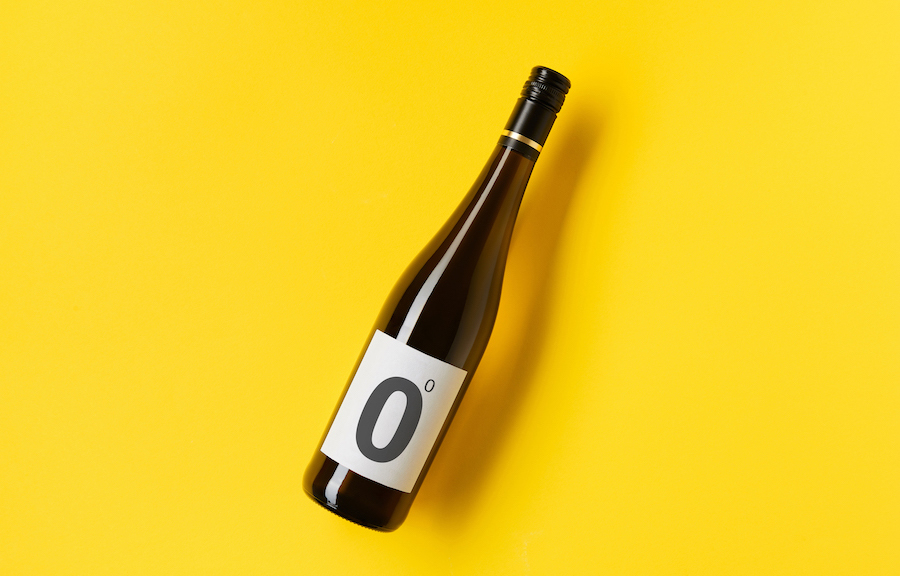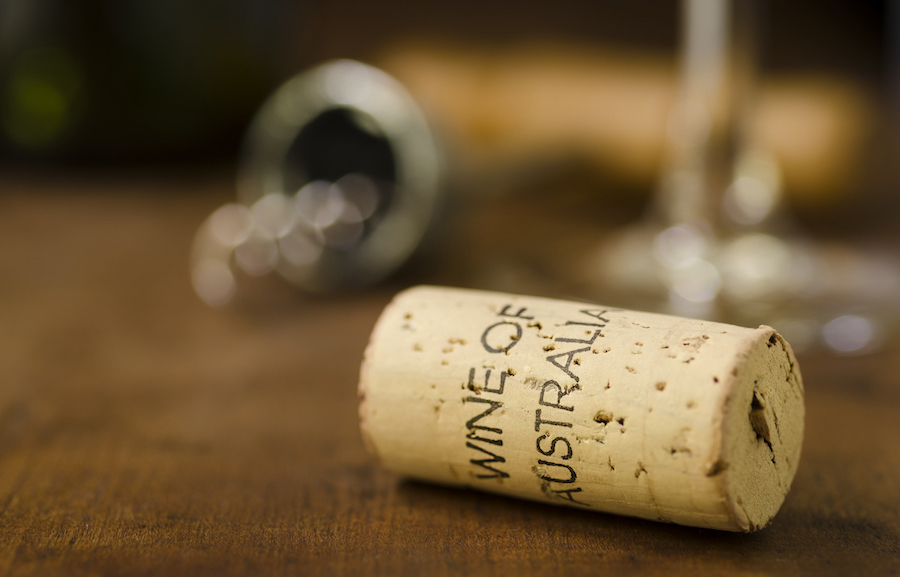Oct 05, 2023 by Mark Dingley
Ever thought about buying a premium, low-alcohol wine in a flat plastic bottle? This would have been unheard of a few years ago, but emerging trends mean it is a reality in the wine industry today.
Carbon calories, plastic bottles, NoLo wines … the wine industry in Australia and globally has changed so much over the past 10 years. Some of these trends have been bubbling along for a while, while others have been propelled by recent issues such as the COVID-19 pandemic, the pressure of inflation and calls for sustainability.
Let’s take a look at the five top trends and how they are shaping wine packaging and labelling in 2023:
.jpg)
Global markets have long relied on value-oriented consumers over the age of 55; but things are different in Australia. Since the pandemic, Millennials have been the drivers in wine behaviour.
Millennials look more for variety, experiences and stories, and tend to be less influenced by low prices or familiar brands. Therefore, while promotions are still important, these consumers appear to value buying something more personal, unusual and meaningful – which is often more expensive.
Millennials especially want to connect to the individuals behind the brands they buy. This means a wine packaging-design that incorporates elements such as the history of a winery and its people, and a wine’s unique story, will appeal to more potential buyers.

While wine volume is declining, spending per bottle is increasing. This is because Australian consumers are moderating how much they drink but are choosing better quality wines in a trend known as “premiumisation”.
This began during the pandemic, when consumers living in lockdown began treating themselves to affordable luxuries, causing champagne and sparkling wine sales to soar in Australia.
Now, premium wines are performing significantly better than their lower-priced counterparts. This is also good news for alternative wines, such as organic, natural and sustainable produced wines, which tend to have a higher price point.
Another factor playing into this trend is the cost-of-living crisis. People are looking for simple social enjoyment, and it is less expensive to buy a good bottle of wine for drinking at home than it is to splurge on going out for a meal; think of it as “affordable indulgence”.

Consumers are starting to count their carbon calories as they look for food and drink that is more local and sustainable.
More wine drinkers are asking questions about how grapes are grown and how wine is packaged. They seek wines that align with their values, which are increasingly focusing on a sustainable future.
Winemakers are responding by looking at how to increase their environmental responsibility – and alternative packaging is at the top of their lists.
The manufacture and transport of glass bottles accounts for up to 68% of the carbon footprint of wine. Winemakers can significantly reduce their emissions and environmental impact by switching to lightweight packaging, such as PET bottles, TetraPak bricks, pouches and cans. One Italian winemaker claims that by reducing the weight of his bottles by 170g, he has reduced carbon emissions for each bottle by almost 460g.
However, some winemakers argue that heavy glass bottles are the only viable format for cellaring wines. Tahbilk is striking a balance by bottling their entry-level wines — not intended for cellaring — into lightweight bottles and their top wines in mid-weight bottles.
In 2022, Taylors Wines introduced a 4cm-deep flat bottle made from 100% recycled PET plastic by Packamama. The bottle is 83% lighter than its glass equivalent and 32% more space-efficient, making it ideal for freight and storage. In addition, it’s made from 100% recycled plastic and is 100% recyclable – a win for the environment.

We’ve seen it work for beers and spirits, and now wines with a lowered alcohol content are shaking up the Australian market as consumers seek more health-conscious choices.
Mid-strength wines are lower in alcohol, at around 6-8% ABV (or “alcohol by volume”). Wine Australia reports the value of low-alcohol sales has been growing at 30% per annum over the past five years, and researchers have forecast growth of around 14% per annum over the next five years. Sales of low-alcohol products are projected to reach $3 billion by 2026.
A staggering 58% of Australian consumers are trying to reduce their alcohol intake actively. And again, Millennials are leading the charge in making healthier choices, while still desiring the experience and social aspect of drinking wine.
The University of Adelaide’s no and low-alcohol (NoLo) trial scale research facility allows winemakers to batch-test new low-alcohol wine products. The facility is supported by a $1.98 million investment from the Government of South Australia.
In case you needed more proof of the growth of NoLo wines: they now have their own wine show, Australia’s first zero-alcohol wine show was organised by online drinks guide Winepilot in 2022.

The Australian wine industry relies heavily on exports, shipping 60% of its production overseas. But the ongoing trade war between China and Australia has put a spanner in the works.
Wine Australia is now pushing to promote Australian wine to the world as part of a diversification strategy to counter the collapse of the billion-dollar Chinese market.
Marketing will ramp up in the United States and Canada to gain new drinkerswhile defending Australian wines’ dominant position in Britain and growing emerging markets across Japan, Korea and other parts of South-East Asia.
Exporting wineries are investing in technology to certify bottle provenance, and reduce the risk of counterfeit products entering the market and damaging brands.
For example, Rutherglen’s Campbells Wines supplies wine to over 16 different export markets. To protect its brand, the wine company uses coding and labelling technology from Matthews Australia as part of its wine traceability platforms.

The wine packaging and label is more important than ever to appeal to consumers, tell your story and protect your brand. For years, Matthews Australasia has been working with the wineries, including Campbells Wines and Tahbilk, to provide coding and labelling solutions that meet their unique business goals and needs.
Speak to our experts about your coding and labelling needs, and see how we can help you tap into opportunities, overcome challenges and achieve your goals.